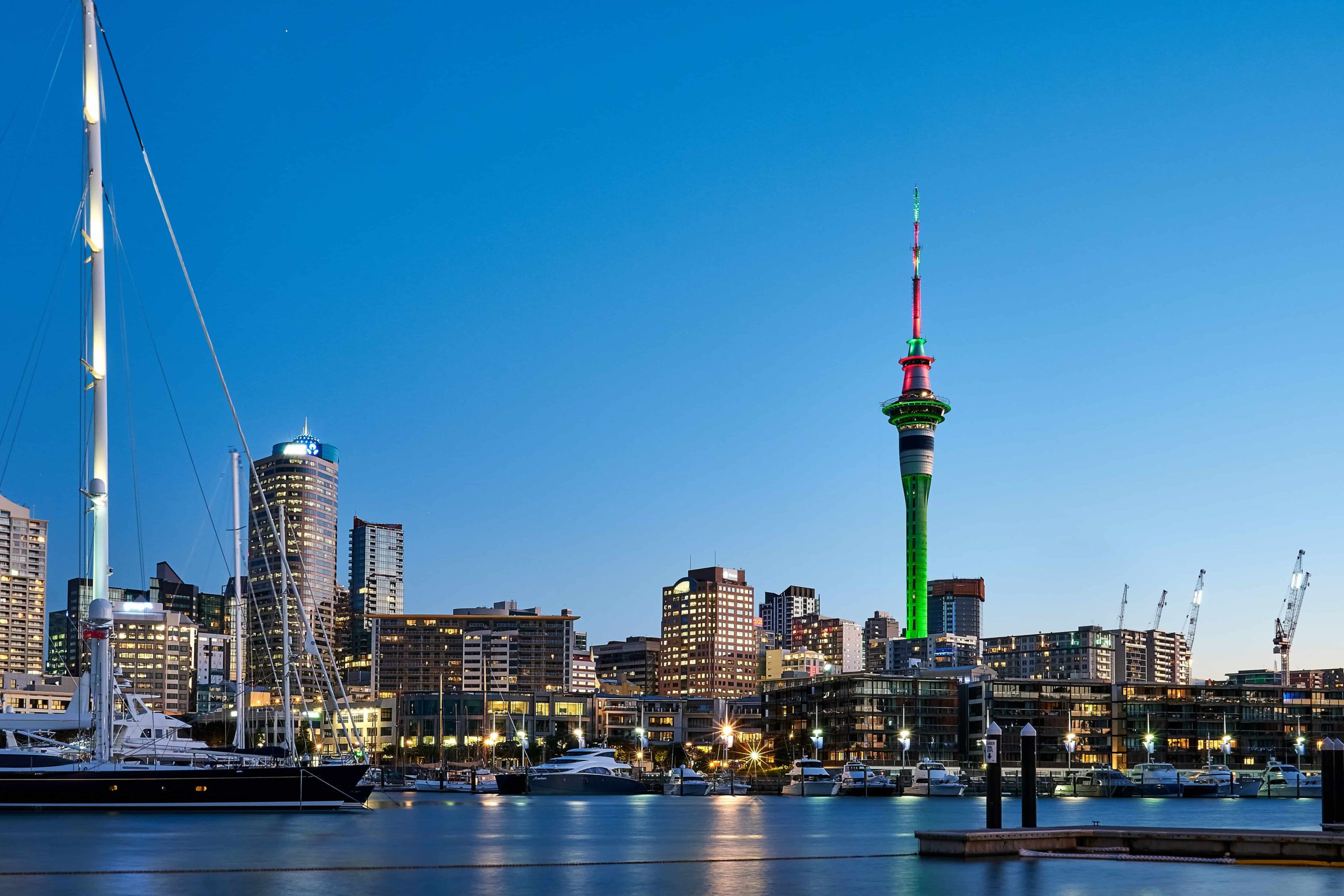In the dynamic landscape of international trade, Singapore and New Zealand share an alliance that stands as a testament to the value of cross-border collaboration. The two countries share a connection rooted in history and formalized through free trade agreements.
At the heart of this connection lies the New Zealand Trade and Enterprise (NZTE), a trade promotion agency working to strengthen ties and unlock opportunities between Singapore and New Zealand. In particular, both countries have deepened their partnership following the recent pandemic, resulting in a substantial surge in two-way trade value between them since 2022.
KrASIA recently had the opportunity to speak with Maggie Christie, trade commissioner at NZTE, to gain insight into the collaboration between Singapore and New Zealand, and the role NZTE plays in fostering trade, innovation, and mutual growth between the two nations.
The following interview has been edited and consolidated for brevity and clarity.
KrASIA (Kr): How do Singapore and New Zealand complement each other’s tech ecosystems?
Maggie Christie (MC): Both nations see this partnership as an opportunity to become test beds for each other’s products and services due to their size and proximity. Singapore’s unique hub status provides access to a vast consumer base within ASEAN and attracts investors and multinational companies.
This partnership opens doors to ideas and innovations from New Zealand that can be co-developed with Singaporean and multinational companies present in the country. Singapore offers a strategic location and robust infrastructure, while New Zealand brings innovative ideas to support and partner with the companies, thereby establishing a mutually beneficial relationship.
Collaborations between the two nations have extended to various sectors, particularly in health tech and climate tech. One example is The Clinician, a health tech platform that improves early diagnostics. Through its partnership with SingHealth, this endeavor has resulted in a significant impact on the healthcare sector. In a similar fashion, CarbonClick, a platform to access carbon offset solutions, has worked with Singapore’s aviation and retail sectors to offer fresh approaches to environmental challenges.
Both examples underscore how the nations’ partnership can yield benefits not only for Singaporean businesses, but also extend opportunities to multinational companies operating within Singapore.
Kr: Singapore aims to establish itself as the tech capital of Asia. How does New Zealand’s tech ecosystem support Singapore’s goal?
MC: NZTE’s role is to educate and inspire New Zealand companies to consider Singapore and the broader East Asia region for their expansion efforts.
This includes making efforts to align New Zealand companies’ expertise with Singapore’s growth priorities, particularly in areas such as healthcare and sustainability. Facilitating cross-border collaborations more closely ensures we’re introducing the right businesses to the Singapore market.
New Zealand serves as a valuable test bed for Singaporean products seeking to expand into the East Asian market, offering market insights to help companies refine their offerings.
The focus is also on identifying companies that can address gaps in Singapore’s evolving landscape. New Zealand companies have opportunities to capture and contribute to Singapore’s development—the key lies in whether they possess the forward-looking perspective needed to recognize and capitalize on them.
Kr: What challenges does New Zealand’s technology sector face when expanding its partnerships with Singapore?
MC: New Zealand finds it challenging to create awareness about its thriving technology sector despite generating over NZD 1 billion (USD 606 million) in sales to Asia last year, making it the second-largest export segment. Natural affinity in New Zealand’s tech space is relatively low, making it difficult to attract potential partners or investors.
Likewise, it is difficult to raise awareness in New Zealand about the opportunities in East Asia, including using Singapore as a gateway to explore the regional market. New Zealand companies prefer to focus on Western markets first, and shifting this perspective can be quite a challenge.
To address these issues, our efforts are focused on raising awareness about New Zealand and its unique value propositions in the tech industry. Our team works closely with companies entering the New Zealand market to help them navigate awareness hurdles and build connections within the ecosystem.
To enhance awareness, we foster two-way partnerships with organizations like the Singapore Economic Development Board (EDB) to facilitate visits and engagements between Singapore and New Zealand. Additionally, organizations like the Asian New Zealand Foundation and Asian Business Council play crucial roles in building connections between the two nations.
Kr: How do you envision the future of collaboration between Singapore and New Zealand in the tech sector?
MC: The rapid evolution of Singapore presents fascinating opportunities for collaboration.
Looking ahead, our focus will be on sustainability and waste management, and we are identifying areas for further collaboration. Conversations are ongoing, regarding sustainable fuel and Singapore’s positioning as a carbon trading hub. By working closely together, both countries can develop mutually beneficial solutions.
The increasing number of exchange visits between Singaporean and New Zealand business representatives also offers opportunities for targeted engagement, in particular by leveraging events and trade shows. Participating in innovation challenges and events like AgriTech 2023 allows New Zealand to showcase its commitment to the region as well.
By building on our foundations and keeping ourselves open to new opportunities, the partnership between Singapore and New Zealand can foster growth and mutual benefit, taking it to the next level.
Kr: What upcoming developments or initiatives can you share with us?
Singapore Week of Innovation and Technology (SWITCH) is a highly exciting opportunity for New Zealand companies to showcase their potential in Singapore and raise awareness about possibilities in the region.
I’m also thrilled about the ongoing visits between Singapore and New Zealand, with business representatives exploring various partnerships and opportunities. Discussions around sustainable fuel and the creation of a green corridor between both countries present unique opportunities that could have far-reaching impacts. Singapore’s strategic location can help expand this concept to other countries, amplifying the benefits.

